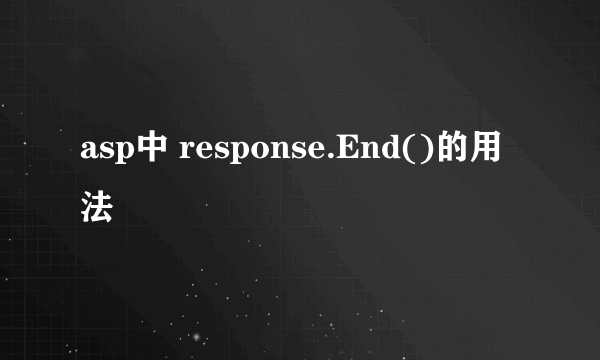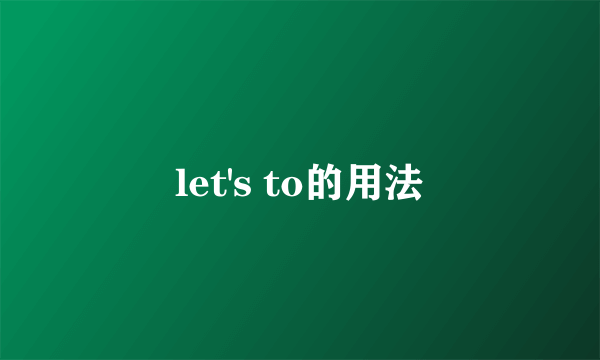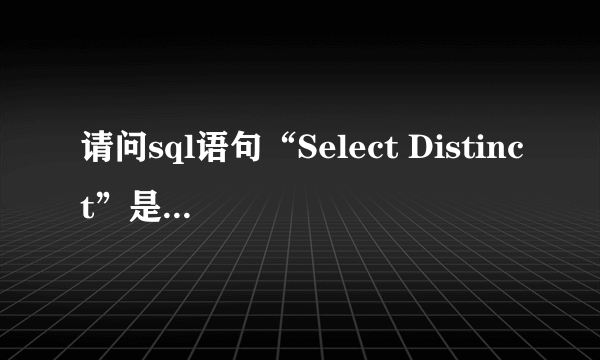Have to 的用法
的有关信息介绍如下:have (got) to作“不得不”解,强调客观上的必要,或由环境、习惯、协约等迫使而不得不做某事。have (got) to用于疑问句或否定句时,一般要借助do,在英式英语也可不借助do。
肯定式:have to+动词原形,例如:I have to tidy my room.我得整理房间。
否定式:don't (doesn't) + have to +动词原形,例如:You don't have to go if you don't want to.如果你不想去,你就不必去。
一般疑问句形式:Do you have to look after your sister?你得照看你妹妹么?
Yes, I do./ No, I don't.是的,我得照看。/不,我不必照看。

have to与must的区别
一、have to比较强调客观需要,而must着重说明主观看法。
1、My mother is ill.I have to look after her at home.
妈妈病了,我得在家照看她。
2、You must finish your homework first.
你必须先完成作业。
二、have to有时态和人称变化,而must则没有。
1、Mary has to water the trees.
玛莉得浇树。
2、He must bring a picnic tomorrow.
他明天得带野餐。
三、must有“推测”之意,而have to则没有。
He must be in the classroom.
他一定在教室里。



